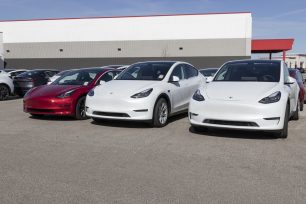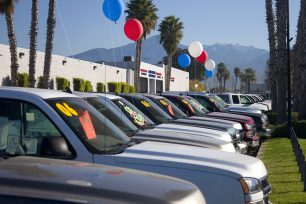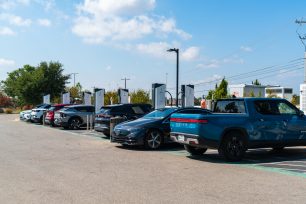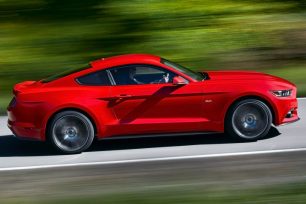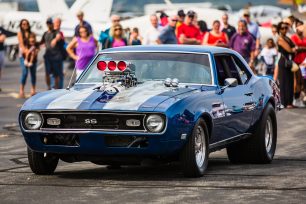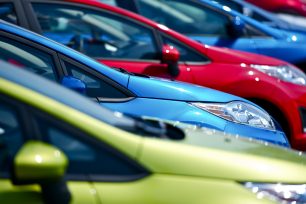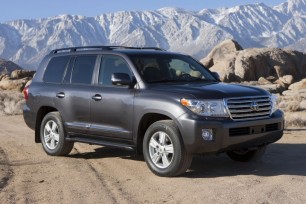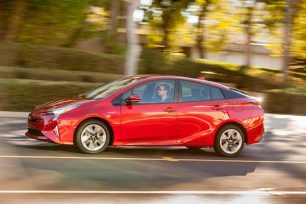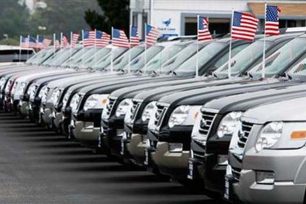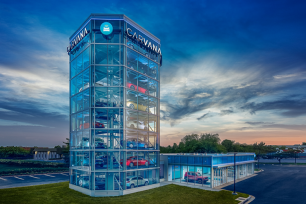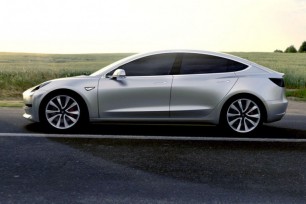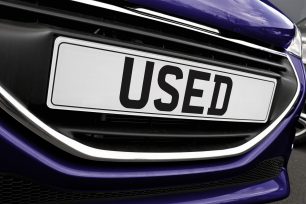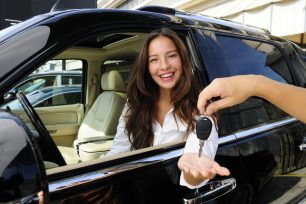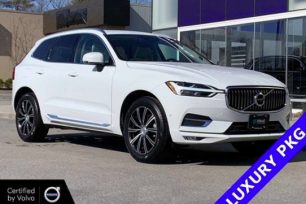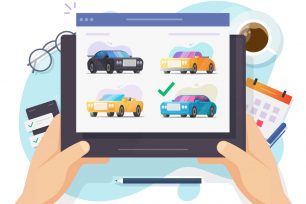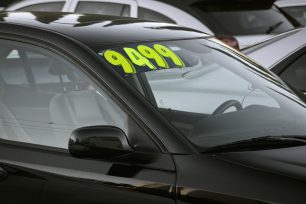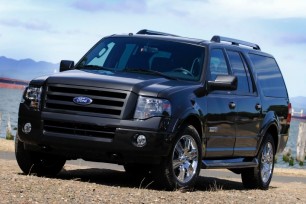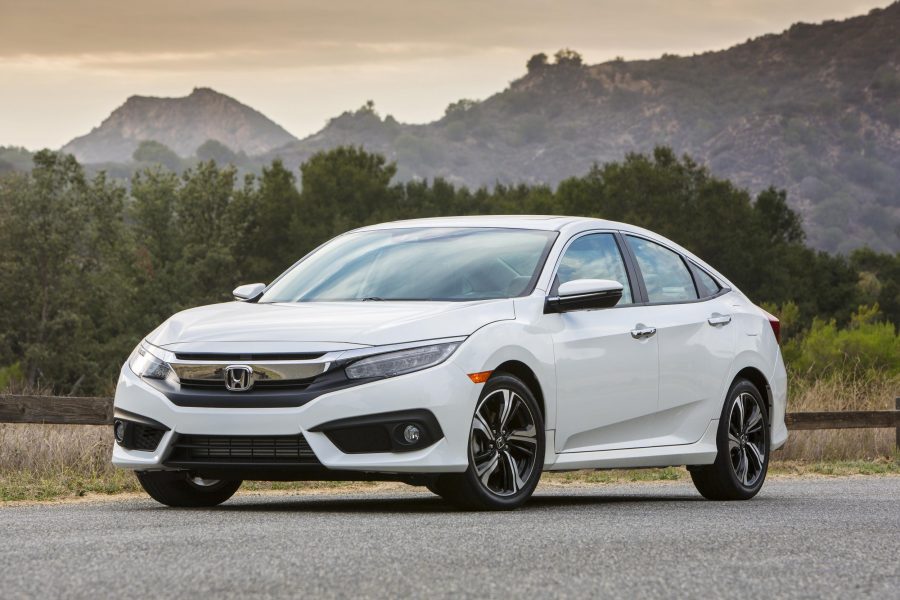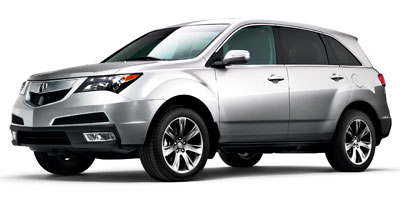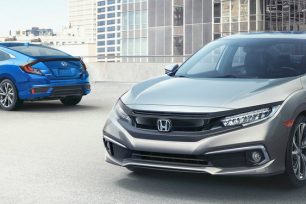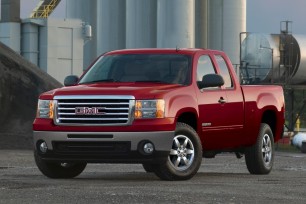Study reveals women now prefer teal, while men still love flashy colors
iSeeCars.com released the findings of its 2016 Car Color Preferences by Gender Study, which shows women’s stronger preference for neutral colors has been brightened up by two newcomers, while men's interest in yellow and orange increased significantly.
According to the automotive data and research company’s study, women’s new preferred car color is teal. This marks teal’s first appearance in the women’s rankings since the initial color preferences study in 2013. Women now have a stronger preference than men for teal cars by 19.0 percent, followed by gold (14.5 percent) and silver (9.7 percent). Green also made its debut on the women’s list, ranking fifth at 4.3 percent.
Men’s new preferred car color is yellow, which they favor more than women do by 33.9 percent, followed by orange (32.6 percent) and black (14.2 percent). This is a reversal of last year’s results, where orange ranked first and yellow ranked second.
“Men and women don’t just like different colors,” said Phong Ly, CEO of iSeeCars.com. “Our research shows men’s preferences are much stronger than women’s, and the top color choices for both of them have actually grown to the highest percentages we’ve seen in four years.”
The company analyzed more than 700,000 consumer car inquiries on iSeeCars.com and close to 30 million car sales to identify car color preferences by gender.
Although previous data showed men have a stronger preference than women for brighter car colors, men’s preference for yellow cars increased 63.8 percent and their preference for orange cars increased 41.7 percent since last year.
Car Colors Men Prefer More Than Women
| Color | 2016 Rank | 2015 Rank | 2016 Male Bias | 2015 Male Bias |
| Yellow | 1 | 2 | 33.9% | 20.7% |
| Orange | 2 | 1 | 32.6% | 23.0% |
| Black | 3 | 3 | 14.2% | 11.0% |
| Brown | 4 | 5 | 12.6% | 8.4% |
| Red | 5 | 4 | 5.8% | 9.1% |
| White | 6 | 7 | 4.9% | 3.3% |
| Gray | 7 | 9 | 2.7% | 2.5% |
| Color | 2016 Rank | 2015 Rank | 2016 Female Bias | 2015 Female Bias** |
| Teal | 1 | 8 | 19.0% | -4.1% |
| Gold | 2 | 1 | 14.5% | 16.2% |
| Silver | 3 | 3 | 9.7% | 11.4% |
| Blue | 4 | 4 | 4.9% | 5.7% |
| Green | 5 | 6 | 4.3% | -2.5% |
| Beige | 6 | 2 | 0.9% | 13.5% |
Red is the only color where male preference declined, in contrast to decreases in all four of the female colors that had previously ranked. Beige seems to have fallen out of favor with women, dropping from second place in 2015 to last place in 2016.
Another notable finding is the balance in how many car colors each gender prefers. This year men showed a stronger preference than women do for seven colors, and women showed a stronger preference for six. This changed from 2015 when men’s preferences outnumbered women’s by 9 to 4.
Color Preferences and Car Types
Men have a stronger preference in 2016 for pickup trucks by a whopping 200.3 percent, convertibles by 33.5 percent and coupes by 31.6 percent, while women have a stronger preference for SUVs by 23.1 percent and minivans by 21.5 percent, according to iSeeCars.com’s analysts.
“There’s an interesting connection between gender preferences for vehicle colors and body styles. Men favor pickups and sports cars more than women do, and those segments have an unusually high percentage of brown and yellow/orange cars, respectively” said Ly. “The same is true for some of women’s favorite body styles – SUVs and minivans, which have more teal and gold cars than average.”
Yellow is a striking example of the connection between men’s preferences for car types and colors. While about 13.9 percent of all yellow cars in 2016 are convertibles, convertibles make up only 1.9 percent of all cars. This shows men’s interest in sporty and flashy cars, unsurprisingly. The increase in male preference for yellow can be tied to the increase in market share of yellow convertibles – in 2015 convertibles only made up 11.8 percent of yellow cars.
For women, teal reflects an interest in more practical, everyday cars such as minivans. The family friendly vehicle makes up only 3.7 percent of all cars, but accounts for 7.8 percent of all teal cars.
Men’s Colors Cost More
The dichotomy between men's preferences for sporty, powerful cars and women's preference for practical cars is also reflected in prices. The average used car price for the colors men prefer is $18,196 compared to $14,938 for the colors women prefer.
Looking at each gender’s top-ranked color preferences, the average used price of yellow cars is $20,601 and the average for teal cars is only $11,053.
“If you compare prices for pre-owned cars, the average price for men’s favorite colors is 22 percent more expensive than women’s favorite colors. That number jumps to 86 percent when you look at the first-ranked colors yellow and teal,” said Ly.
Understanding the consumer preferences for car colors can be helpful for automakers. “Changes in color preferences could guide automakers to better market their vehicles to men and women,” Ly said.
Methodology
iSeeCars.com analyzed data from more than 700,000 consumer car inquiries on iSeeCars.com between calendar years 2015 and 2016. It categorized inquiries as coming from male or female consumers (based on their first names) and calculated the share of male and female inquires for each color. The difference in share between male and female inquiries was expressed as a percentage of female inquiry share and male inquiry share to calculate male and female bias toward each color, respectively. In addition, the same analysis was repeated for body styles. Colors and body styles receiving fewer than 500 total inquiries were excluded from the analysis. iSeeCars.com also analyzed close to 30 million used car sales for calendar year 2015 and 2016 to compare the market share by body style and color.
About iSeeCars.com


